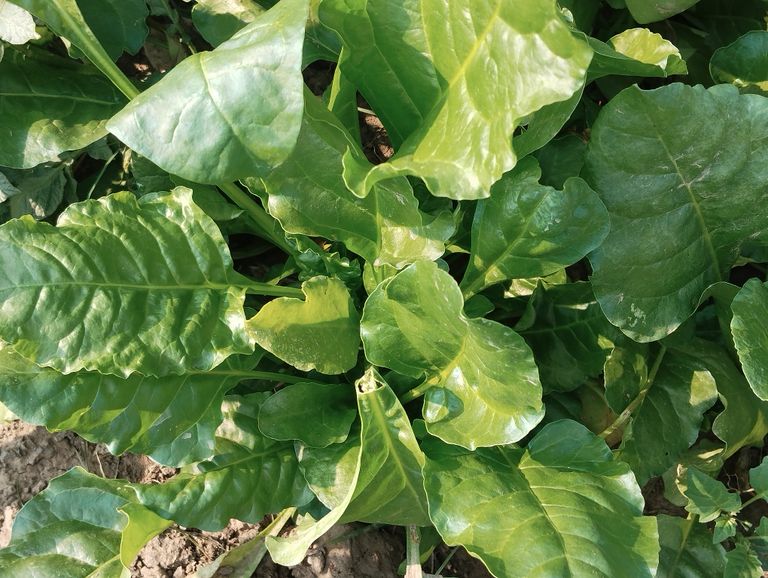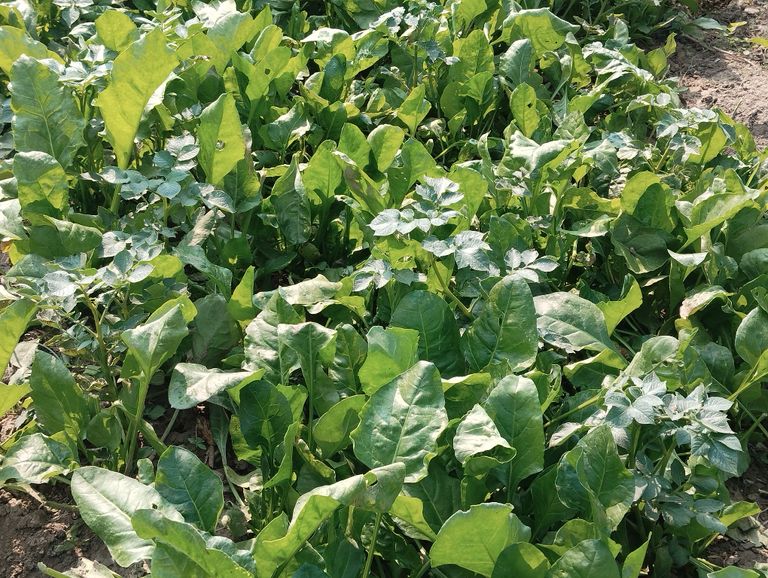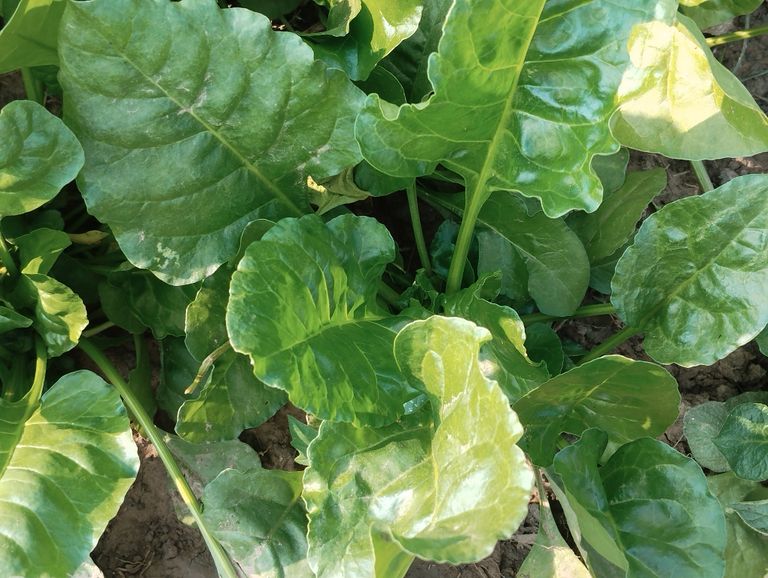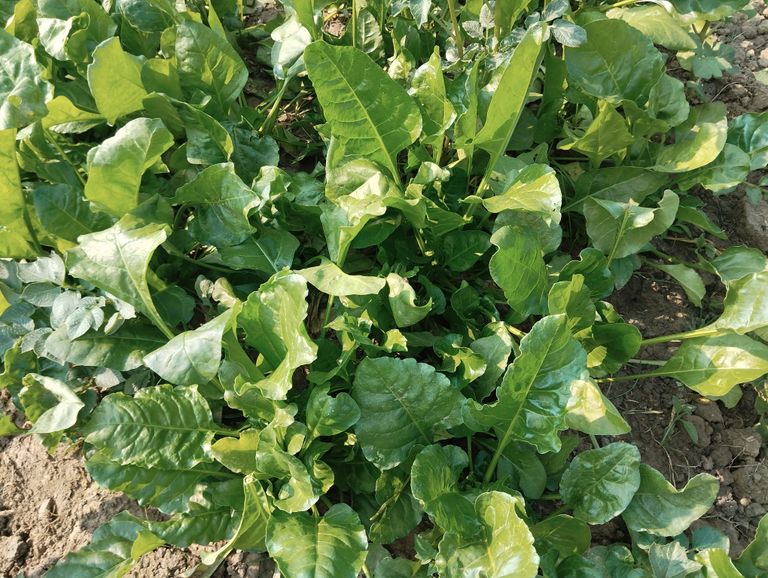
Spinach Cultivation A Comprehensive Guide.
Spinach (Spinacia oleracea) is a highly nutritious and fast-growing leafy vegetable, rich in vitamins and minerals. It is widely consumed for its health benefits and culinary versatility. Cultivating spinach can be profitable for farmers and home gardeners alike due to its short growing period and high market demand.
This guide provides a step-by-step process for growing spinach successfully.
- Climate Requirements
Spinach thrives in cool weather and grows best in temperatures between 15°C to 20°C. It can tolerate light frosts, making it suitable for both spring and autumn cultivation. However, in very hot climates, spinach tends to bolt (produce seeds), which reduces its quality.
- Soil Preparation
Type: Spinach prefers well-drained, loamy soil with good organic content.
pH Level: The ideal soil pH is between 6.0 and 7.5.
Preparation: Loosen the soil to a depth of 12–15 cm. Add compost or well-rotted manure to enhance fertility. Ensure proper drainage to avoid waterlogging.
- Seed Selection and Sowing
Varieties: Popular varieties include Bloomsdale, Savoy, and Flat-leaf spinach.
Seed Rate: Use about 10–15 kg of seeds per hectare for commercial farming.
Sowing Time:
Spring crop: February–March
Autumn crop: September–October
Method:
Sow seeds directly into the soil at a depth of 1–1.5 cm.
Maintain a spacing of 20–30 cm between rows and 5–10 cm between plants.
- Irrigation and Water Management
Spinach requires consistent moisture for optimal growth.
Water immediately after sowing and then regularly, keeping the soil moist but not waterlogged.
In dry climates, irrigate every 5–7 days. In cooler climates, irrigation frequency can be reduced.
- Fertilization
Base Fertilizer: Incorporate well-rotted manure or compost (10–15 tons/ha) before sowing.
Nitrogen Requirement: Apply nitrogen-based fertilizers (e.g., urea) at a rate of 50–60 kg/ha for better leaf production.
Split nitrogen application: half during soil preparation and the rest after germination.
- Weed Control
Regular weeding is crucial as weeds compete for nutrients and water.
Perform hand weeding or use mulching to suppress weed growth.
Herbicides can be applied selectively, but manual methods are preferred for small-scale farming.
- Pest and Disease Management
Common Pests:
- Aphids: Cause curling of leaves. Use neem oil or insecticides.
- Leaf Miners: Create trails on leaves. Remove affected leaves and use organic sprays.
Common Diseases:
- Downy Mildew: Yellow spots on leaves; manage with fungicides and proper spacing.
- Fusarium Wilt: Leads to yellowing and wilting; prevent with crop rotation and soil solarization.


- Harvesting
Spinach is ready for harvesting in 30–45 days after sowing, depending on the variety and growing conditions.
Harvest the outer leaves first to encourage continuous growth or cut the entire plant at the base.
Avoid delaying harvest as older leaves may become tough and less palatable.
- Post-Harvest Management
Cleaning: Wash harvested leaves to remove dirt and pests.
Storage: Store spinach in a cool, moist environment (0°C with 95% humidity) for a shelf life of 7–10 days.
Packaging: Use ventilated containers or bags for transportation to avoid spoilage.
- Economic Benefits
Yield: A well-managed crop can yield 10–15 tons per hectare.
Market Demand: Spinach is always in demand due to its nutritional value. Selling fresh, organic spinach can fetch higher prices.
Spinach cultivation is a rewarding venture for those who follow the right techniques. Its rapid growth and high nutritional value make it a favorite among consumers and growers alike. By adhering to proper farming practices, you can ensure a bountiful harvest and contribute to the growing demand for healthy, fresh vegetables.
